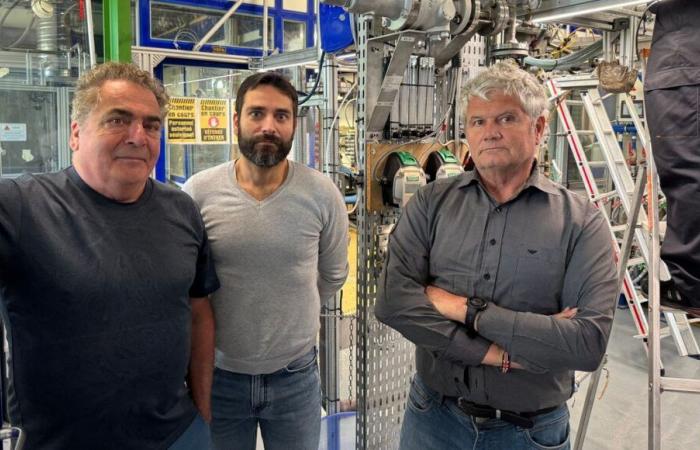A discovery that could revolutionize our understanding of the solar system ! Imagine little particles, super light and tiny, floating in space. They are stardust. When a star dies, stardust is blown into space. It can then travel for millions of years before coming together with other particles to form new stars or even planets. Its study is therefore essential for scientists. “This dust, it is what constitutes us. Understanding this dust cycle means trying to understand the formation and evolution of the universe“, rejoices Guy Libourel, astrophysicist at the Côte d’Azur Observatory and in charge of this experiment. A subject that has fascinated people for many years. Who has never heard this phrase, which has become almost a mantra: “We are stardust “. Pronounced by the famous astrophysicist Hubert Reeves, this seemingly simple statement hides a fascinating reality that continues to fascinate scientists and the general public.
A unique process in the world
But then, concretely, how do we do it? The difficulty was to recreate the gaseous environment of a star in the laboratory. And for this, the researchers have developed a plasma torch capable of generating very high temperatures (5,000 to 10,000 °C). This device, developed at the Paris-PSL Mines laboratory in Sophia-Antipolis, has a simple but effective configuration: a cylindrical body equipped with electrodes and supported by feet. “The advantage of this plasma torch is its large volume, which allows us to obtain large quantities” explains Guy Libourel. Then, the principle is simple: we inject meteorite particles and we obtain stardust by condensation. It is therefore thanks to this device that 200 to 400 grams of stardust are produced : a unique feature in the scientific field. A device developed by the teams of Laurent Fulcheri, research director for Mines Paris Tech in Sofia-Antipolis: “It was not ordered from a catalog from a company, this device itself is the result of 30 years of research in our laboratory, it is a unique device!“
loading
Maxime Hernandez
The fruit of an unprecedented collaboration
Computer models can simulate the formation of this dust, but no laboratory experiment has been able to reproduce this phenomenon. “The surprise was the success. In general, when we do these experiments, it’s rare that it works the first time and this is magnificent”, congratulates Guy. Of the results obtained in a single test and which are therefore exploitable. The analyzes are carried out at the Nice observatory. The first results were published in an article published on October 23 in the journal Nature Astronomy . How was life born? This is one of the biggest questions we are asked to ask ourselves. Well, this stardust might have the answer. By studying it closely, scientists hope to better understand how life arose and how the universe formed around 13 billion years ago.
This scientific advance is the result of a unprecedented collaboration between four Nice laboratories, as well as the Lyon LGL-TPE laboratory, bringing together experts in energy, materials, geosciences and astrophysics. But for Guy Libourel, there is no question of getting excited: “This type of experience allows us to simulate, so is this the real path? We can ask ourselves the question “. He plans to continue his research and plans to create a plasma torch specifically dedicated to astrophysics.







